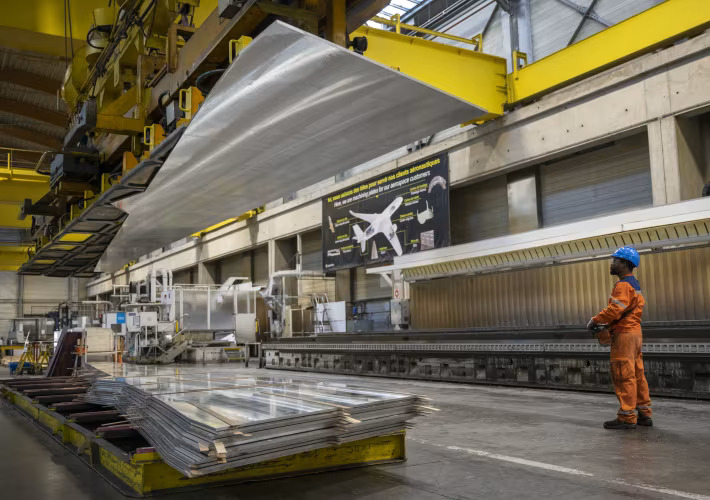Stockpiling, probes, coordinated cuts – Beijing to the rescue?
Party like it’s 2008
On Thursday, base metals rebounded from financial crisis levels hit earlier this week on speculation of output cuts in China, hopes a new program of stockpiling by the state and a possible probe by Beijing into short-selling by Chinese hedge funds.
In New York trade on Thursday copper for delivery in March gained more than 2% to $2.09 per pound. On Monday the red metal hit its lowest level since March 2009, stopping just short of falling through the psychologically important $2 a pound level.
Nickel also gained 2% climbing back above $9,000 a tonne on the LME, recovering from a 12-year low of $8,145 a tonne earlier this week while strong gains were also seen in tin, zinc and aluminum in London and Shanghai.
In Shanghai nickel soared as much as 7% on reports the country’s nickel producers – nearly three-quarters of which are unprofitable at current prices – are set to meet to agree on long overdue production cuts according to Reuters.
The China Nonferrous Metals Industry Association has asked for a probe into short selling of metals on the Shanghai Futures Exchange, blamed for double-digit price decline in percentage terms in November according to Bloomberg.
Base metals producers and refiners have also pleaded with Beijing to intervene in markets and stockpile metals. A similar program in 2008–2009 at the height of the financial crisis did shore up prices, but some analysts are skeptical about its prospects today
David Humphreys, an author and former chief economist at miner Rio Tinto, told the FT that expectations are that “quite a lot of this capacity is likely to exit the market and play quite an important part in the whole balancing process because it is high-cost”:
“The constraint is the employment issue, but I don’t see China fighting too hard to sustain an industry which is high-cost, uncompetitive and deeply polluting,” he said.
Others see non-intervention by Chinese government as a positive for the market with the Financial Review quoting traders as saying “government purchases would only postpone the output cuts needed to reduce supplies and would be bearish. A refusal could actually be bullish as it could force cutbacks.”
{{ commodity.name }}
{{ post.title }}
{{ post.date }}





Comments